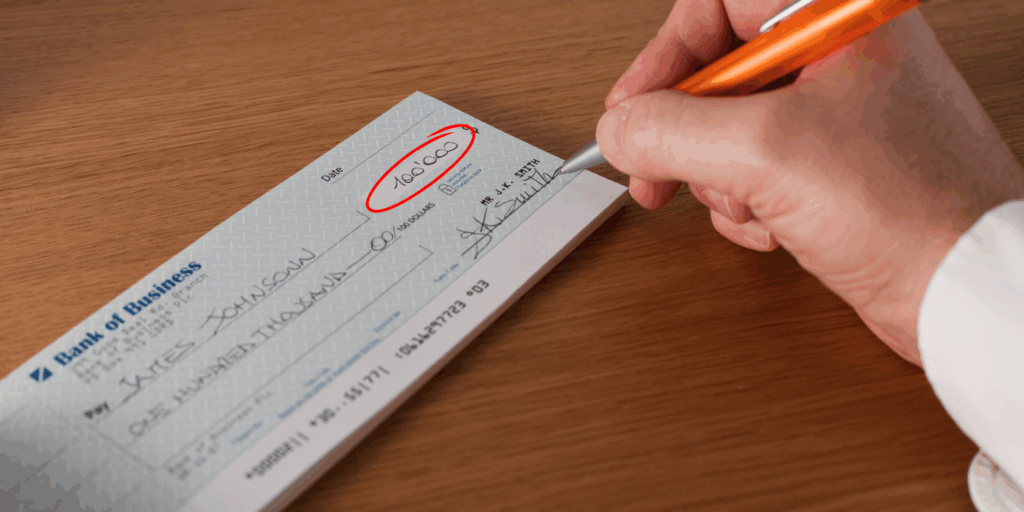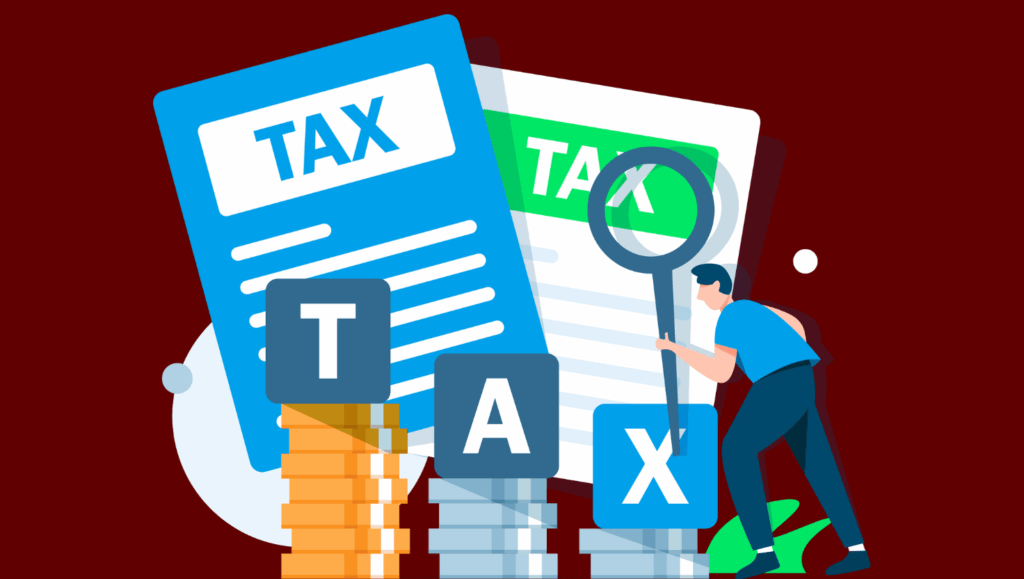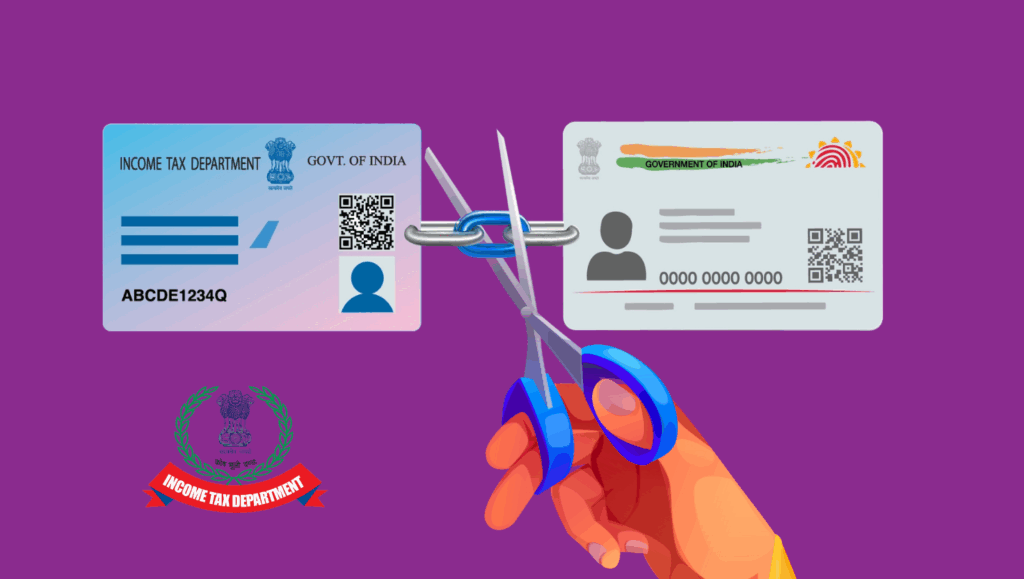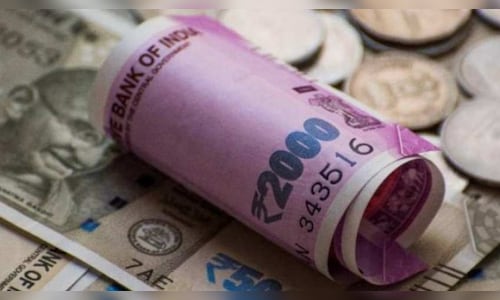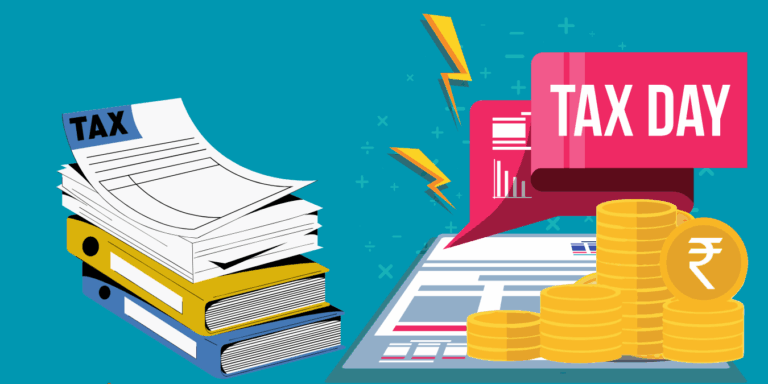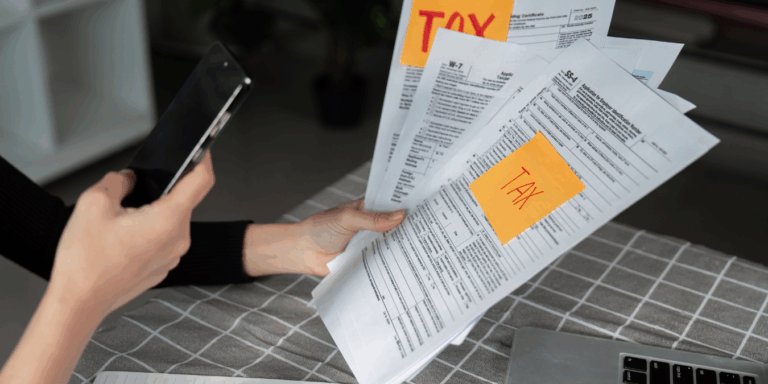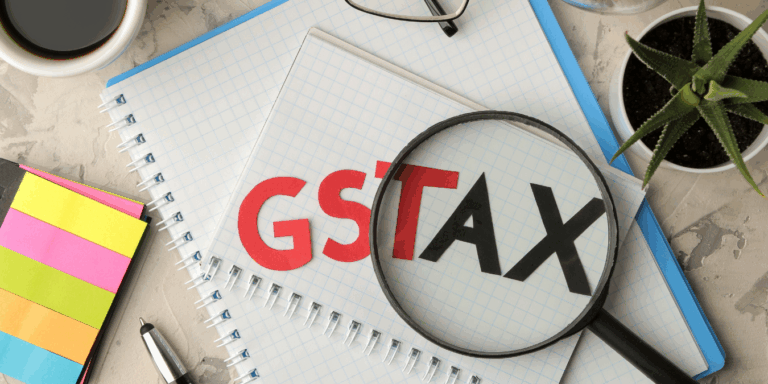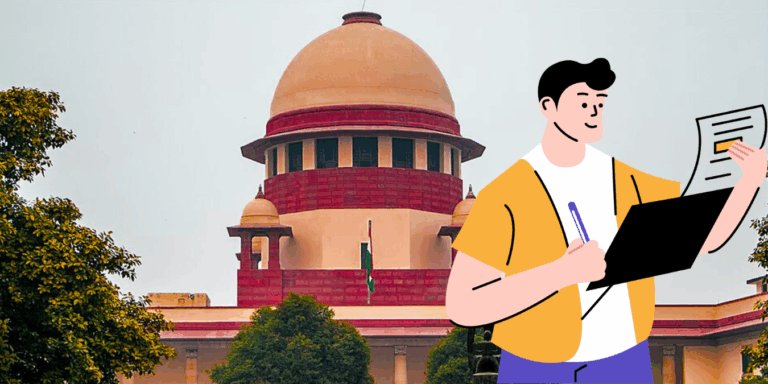
Why New 2025 Tax Laws Let You Pocket Every Rupee of ₹7 Lakhs - Pay Zero Tax
Can you really keep every rupee of your ₹7 lakh salary in 2025? Shocking new tax laws reveal a hidden rebate under Section 87A that could slash your tax to zero! From secret deductions to a game-changing regime choice, uncover how India’s 2025 Budget makes it effortless to outsmart rising costs. But there’s one deduction most miss—will you?
In the ever-evolving landscape of Indian taxation, 2025 brings significant relief for taxpayers earning up to ₹7 lakhs annually. With the latest changes introduced in the Income Tax Act, it is now entirely possible to pay zero income tax on a salary of ₹7 lakhs. This update, enhancing rebates and deductions, means many Indians can now legally slash their tax liability to zero, freeing up funds for investments or family needs. In this comprehensive guide, we’ll unpack the latest tax rules, step-by-step strategies, and expert tips to help you navigate FY 2025-26 taxation from an Indian viewpoint, ensuring you maximize savings without pitfalls.
Understanding the Income Tax Landscape for FY 2025-26
India’s dual tax regimes continue to evolve, offering choices tailored to different financial profiles. The new tax regime, now the default, features simplified slabs with fewer deductions but lower rates overall. The old regime, ideal for those with heavy investments, allows extensive exemptions to reduce taxable income. With Budget 2025’s reforms, including hiked rebates and standard deductions, taxpayers earning ₹7 lakhs can strategically opt for either to achieve zero tax.
These changes reflect the government’s push towards a more equitable system, especially for middle-class earners amid post-pandemic recovery. Inflation-adjusted thresholds ensure more disposable income, boosting consumption in sectors like retail and real estate. For urban Indians, this means better financial planning without the dread of tax season.
Key to this is understanding how rebates interact with slabs. Missteps here can lead to unnecessary payments, so let’s dive deeper.
Latest Income Tax Slabs (New Regime) for FY 2025-26
The new regime’s progressive structure favors lower earners. Here’s the breakdown:
| Income Range (₹) | Tax Rate (%) |
| Up to 4,00,000 | Nil |
| 4,00,001 – 8,00,000 | 5% |
| 8,00,001 – 12,00,000 | 10% |
| 12,00,001 – 16,00,000 | 15% |
| 16,00,001 – 20,00,000 | 20% |
| 20,00,001 – 24,00,000 | 25% |
| Above 24,00,000 | 30% |
This setup makes income up to ₹4 lakhs entirely exempt, with minimal tax on the next bracket. Combined with the enhanced rebate, effective tax-free income stretches higher, benefiting entry-level professionals in IT and services sectors.
Latest Income Tax Slabs (Old Regime) for FY 2025-26
The old regime retains its familiar tiers but shines when deductions are maximized:
| Income Range (₹) | Tax Rate (%) |
| Up to 2,50,000 | Nil |
| 2,50,001 – 5,00,000 | 5% |
| 5,00,001 – 10,00,000 | 20% |
| Above 10,00,000 | 30% |
For residents under 60, this regime allows rebate only up to ₹5 lakhs taxable income, but strategic deductions can push gross earnings like ₹7 lakhs into tax-free territory. It’s particularly advantageous for homeowners or those investing in insurance.
Section 87A Rebate: A Taxpayer’s Game-Changer
Section 87A acts as a safety net, rebating tax for lower-income groups. In FY 2025-26, the new regime boosts this to ₹60,000 for incomes up to ₹12 lakhs, effectively nullifying tax liability. This is a jump from previous years, aligning with inflation and wage growth in India.
Under the old regime, the rebate caps at ₹12,500 for taxable income up to ₹5 lakhs. However, by layering deductions, you can reduce your taxable base below this threshold, achieving zero tax on higher gross salaries. This provision has saved millions for Indian families, especially in tier-2 cities where salaries hover around ₹7 lakhs.
Eligibility is straightforward: Resident individuals (not NRIs or HUFs) with income below the limit qualify automatically upon filing. It's computed after deductions but before cess, making it a post-calculation boon.
Is ₹7 Lakh Income Tax-Free Under the New vs Old Regime?
Navigating regimes is key to zero-tax success. Let's compare for a ₹7 lakh salary.
New Tax Regime
- Income up to ₹12 lakhs is effectively tax-free due to the ₹60,000 rebate under Section 87A.
- Salaried folks get a standard deduction of ₹75,000, pushing the effective zero-tax threshold to around ₹12.75 lakhs.
- No need for investment proofs; it's plug-and-play for minimalists.
- Drawback: Limited deductions, so if you have high medical or housing costs, switch regimes.
For a young engineer in Hyderabad earning ₹7 lakhs, this regime means zero hassle and zero tax, leaving more for personal goals like travel or upskilling.
Old Tax Regime
- Basic exemption: ₹2.5 lakhs for under-60s.
- Rebate under 87A: Up to ₹12,500 if taxable income ≤ ₹5 lakhs.
- Leverage deductions: Standard ₹75,000, 80C up to ₹1.5 lakhs, 80D ₹25,000+, HRA, home loan interest.
- Outcome: Reduce ₹7 lakh gross to under ₹5 lakhs taxable, then rebate wipes out any residual tax.
This suits families in Delhi with rent and investments, turning potential tax into savings.
How to Make ₹7 Lakh Income Tax-Free in India in 2025: Step-by-Step Guide
Achieving zero tax requires planning. Here's a detailed walkthrough, grounded in 2025 rules.
Step 1: Calculate Gross Income
Tally salary, bonuses, and other sources. For ₹7 lakhs salary, include allowances but exclude reimbursements like LTA. Use Form 16 for accuracy. This baseline helps identify deduction gaps.
Step 2: Choose Your Tax Regime
Compare via online calculators. New regime for low deductions; old for high ones. Switch annually during ITR filing. For ₹7 lakhs, new is often simpler, but old yields more if invested.
Step 3: Claim the Standard Deduction
All salaried get ₹75,000 flat off, no proofs needed. This drops ₹7 lakhs to ₹6.25 lakhs taxable instantly. Available in both regimes post-Budget 2025.
Step 4: Utilize Section 80C Deductions (Up to ₹1.5 Lakh)
Old regime staple; invest in:
- EPF: Employer contributions count.
- PPF: Safe, long-term.
- Life insurance premiums.
- NSC or tax-saving FDs.
- ELSS: Market-linked growth.
- Tuition fees for kids.
Max this to cut another ₹1.5 lakhs. For a Mumbai clerk, this means channeling salary into secure avenues.
Step 5: Claim Other Allowable Deductions
Layer on:
- Section 80D: ₹25,000 for health insurance (₹50,000 for seniors).
- 80CCD(1B): Extra ₹50,000 for NPS.
- 80G: Donations, 50-100% deductible.
- HRA: Up to rent paid minus 10% salary, metro cap 50%.
- Section 24(b): Home loan interest up to ₹2 lakhs.
- 80E: Education loan interest, no limit.
These can shave off another ₹2-3 lakhs, crucial for zero tax.
Step 6: Claim Tax Rebate Under Section 87A
Post-deductions, if taxable ≤ ₹12 lakhs (new) or ₹5 lakhs (old), rebate applies. File ITR to claim; it's automatic in software.
Example Calculation for ₹7 Lakh Salary (Old Regime)
| Particulars | Amount (₹) |
| Gross Salary | 7,00,000 |
| Less: Standard Deduction | 75,000 |
| Less: 80C Investments | 1,50,000 |
| Less: 80D Medical Insurance | 25,000 |
| Less: HRA Exemption (assume) | 1,00,000 |
| Taxable Income | 3,50,000 |
| Tax before rebate (5% on ₹1L over 2.5L) | 5,000 |
| Rebate under 87A | 5,000 |
| Final Tax Payable | 0 |
This illustrates real savings for an average Indian earner.
In new regime: Gross 7L - 75k std = 6.25L. Tax: Nil up to 4L, 5% on 2.25L = 11,250. Rebate covers, zero tax.
Important Pro Tips to Maximize Your Tax Savings on ₹7 Lakh Income
- Start early: Invest in 80C by April to avoid last-minute rush.
- Document everything: Keep receipts for audits.
- NPS boost: Add ₹50,000 under 80CCD(1B) for extra edge.
- Home loan leverage: If buying property, claim interest and principal.
- Regime switch: Use tools to compare annually.
- Family planning: Include parents in 80D for higher limits.
- Employer perks: Opt for salary restructuring with more allowances.
These tips, drawn from CA insights, can save thousands.
Common Mistakes That Can Cost You Tax Benefits
- Delaying investments: Missing 80C max leads to taxable overflow.
- Overlooking std deduction: Forgets to apply in calculations.
- Ignoring HRA: Renters lose big without claims.
- Wrong regime: Sticking to new despite high deductions.
- Late filing: Miss rebate by not submitting ITR on time.
- No proofs: Audit risks without documentation.
- Forgetting cess: 4% health/education cess applies post-rebate.
Avoid these to stay compliant and tax-free.
Key Takeaways on ₹7 Lakh Income Taxation in India 2025
- Income up to ₹7 lakh can be tax-free using the old regime by maximizing deductions and claiming Section 87A rebate.
- Under the new regime, income up to ₹12 lakh attracts zero tax due to enhanced Section 87A rebate (₹60,000).
- The standard deduction of ₹75,000 reduces taxable income automatically for salaried individuals.
- Utilize investments and expenses under Sections 80C, 80D, and others to reduce taxable income.
- Tax planning and correct regime choice are essential for optimal tax savings.
Final Thought : Practical Steps to Pay Zero Tax on ₹7 Lakh Income in 2025
The 2025 tax reforms have made it easier for taxpayers earning ₹7 lakhs annually to pay zero tax legally. Whether through the old regime with maximized deductions or the new regime benefiting from the increased rebate limit, both paths are attractive.
Next steps:
- Assess your income and deductions carefully before filing.
- Invest strategically in tax-saving instruments well before the fiscal year ends.
- File your ITR timely, ensuring to claim rebate under Section 87A.
- Consult a tax professional for personalized advice to avoid common pitfalls.
By staying informed and planning smartly, paying zero tax on ₹7 lakh income is fully achievable in 2025.




